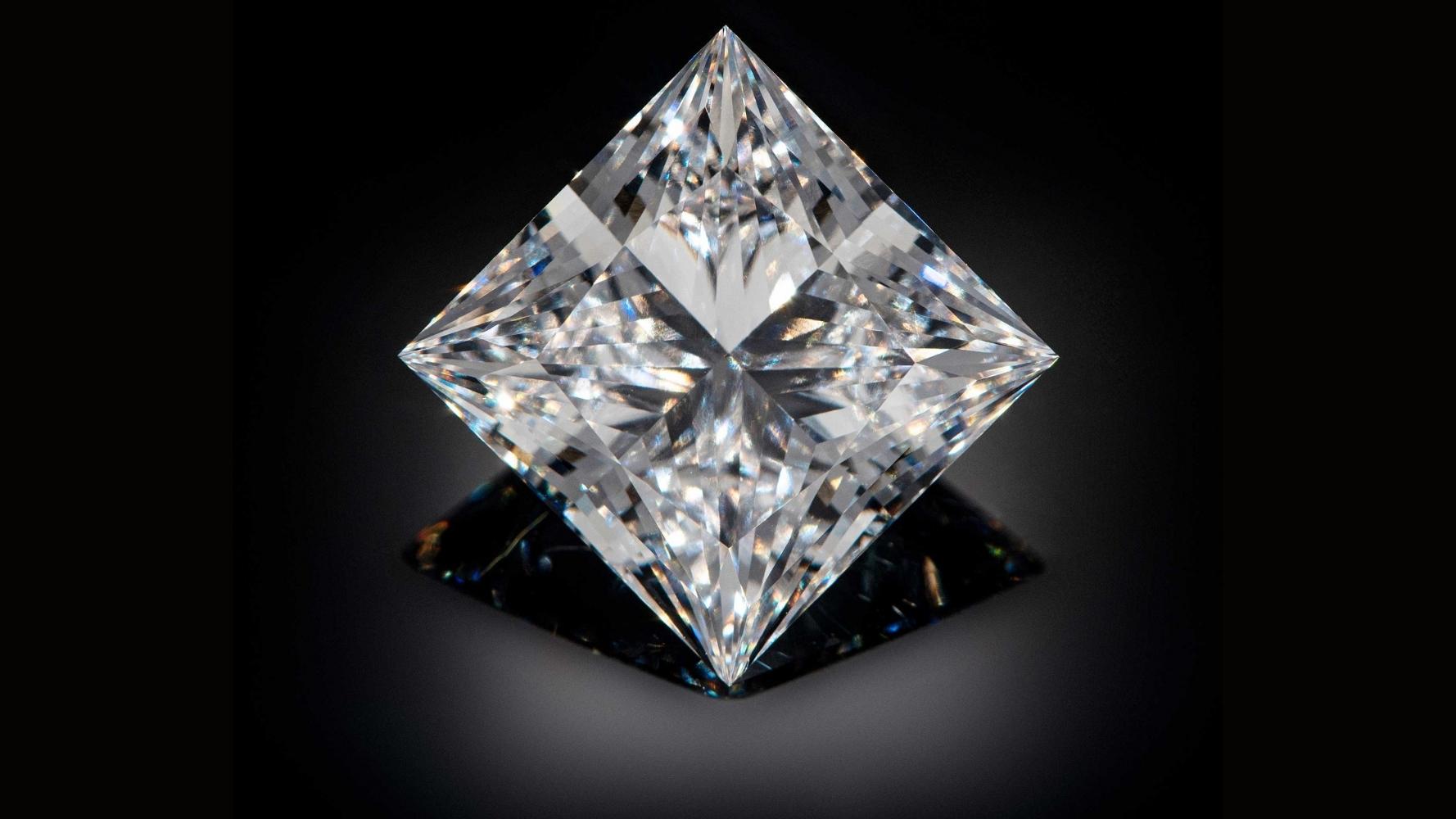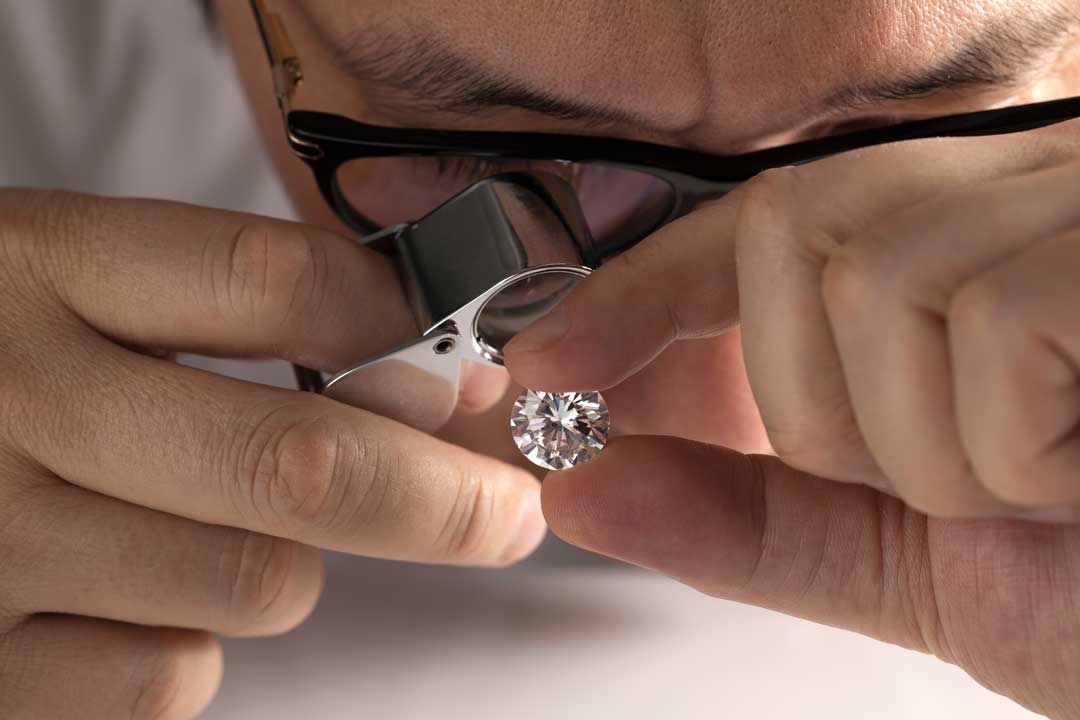Introduction
In the dazzling world of diamonds, two methods stand out in the journey from rough to radiant: HPHT (High Pressure High Temperature) and CVD (Chemical Vapor Deposition). But what sets them apart? Let’s delve into the depths of these diamond-making techniques to uncover their secrets.
Understanding the Basics
What is HPHT?
HPHT, or High Pressure High Temperature, lab created diamonds, is a process mimicking the conditions deep within the Earth’s mantle where diamonds naturally form. It involves subjecting carbon to intense pressure and heat, inducing crystallization and growth.
What is CVD?
CVD, on the other hand, stands for Chemical Vapor Deposition. In this method, a diamond seed is exposed to a gas mixture, typically containing hydrocarbon gases like methane, in a vacuum chamber. These gases decompose, depositing carbon atoms onto the seed, gradually forming a diamond.
Comparing the Techniques
Cost and Time Efficiency
HPHT traditionally requires longer processing times and higher operational costs due to the energy-intensive nature of recreating extreme geological conditions. Conversely, CVD tends to be more efficient in terms of both time and cost, making it an attractive option for manufacturers.
Quality and Purity
While both methods can produce high-quality diamonds, HPHT often yields larger stones with fewer impurities. Its ability to replicate natural diamond formation results in crystals prized for their clarity and color. CVD diamonds, while also of excellent quality, may contain more nitrogen impurities and exhibit slightly different optical properties.
Size and Shape Control
HPHT offers greater control over the size and shape of the resulting diamonds. Manufacturers can influence crystal growth to produce specific shapes or sizes, catering to market demands. CVD, although capable of producing large diamonds, may have limitations in shaping due to the growth process.
Environmental Impact
In terms of environmental sustainability, CVD has a slight edge over HPHT. Its process typically consumes less energy and produces fewer emissions, aligning with modern eco-conscious manufacturing practices.
Application and Market Trends
Industrial Uses
Both HPHT and CVD diamonds find applications beyond the realm of jewelry. HPHT diamonds, renowned for their hardness and durability, are often used in cutting tools and machinery. CVD diamonds, with their purity and consistency, are prized in electronics for their thermal conductivity and optical properties.
Jewelry Market
In the jewelry market, HPHT and CVD diamonds cater to different consumer preferences. Traditionalists may favor HPHT stones for their natural origins and perceived rarity, while those seeking sustainable alternatives may lean towards CVD diamonds.
Conclusion
In the battle of HPHT vs CVD, there’s no clear winner; each method brings its own strengths to the table. Whether it’s the time-tested allure of HPHT or the innovative efficiency of CVD, both techniques play vital roles in shaping the diamond industry. Ultimately, it’s not just about the process but the brilliance of the diamonds they produce, each a unique marvel forged from carbon under pressure, regardless of the path taken to reach perfection.









